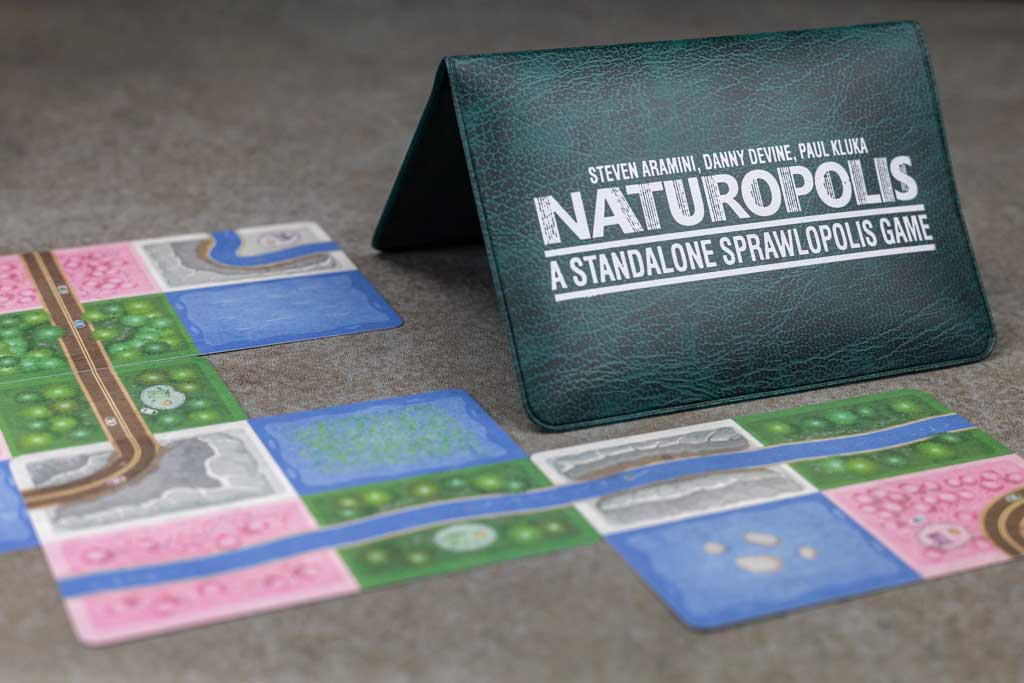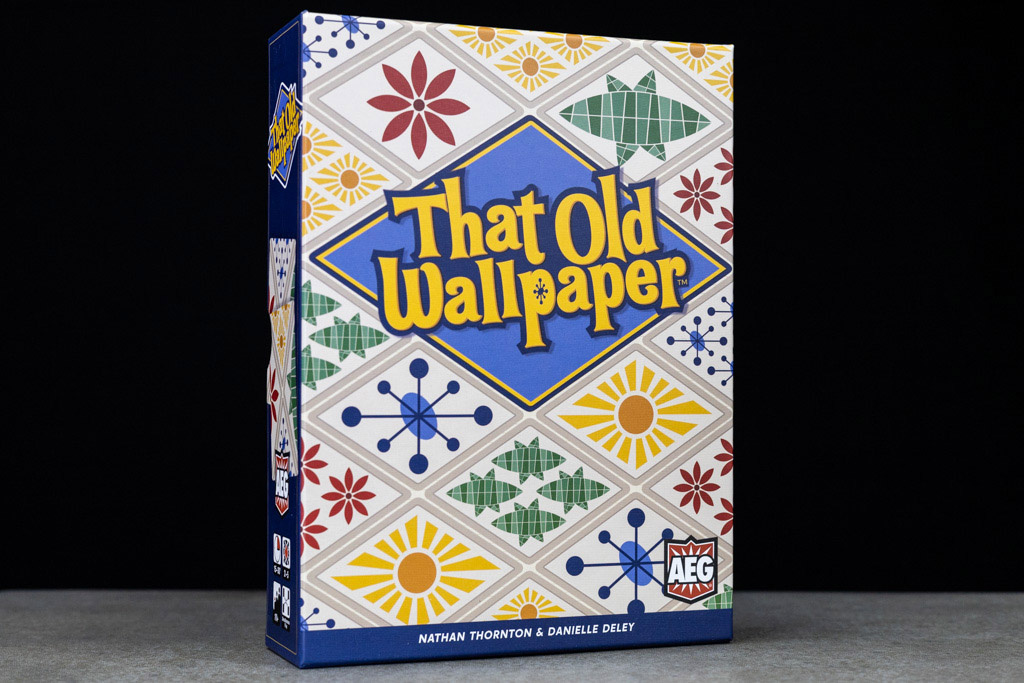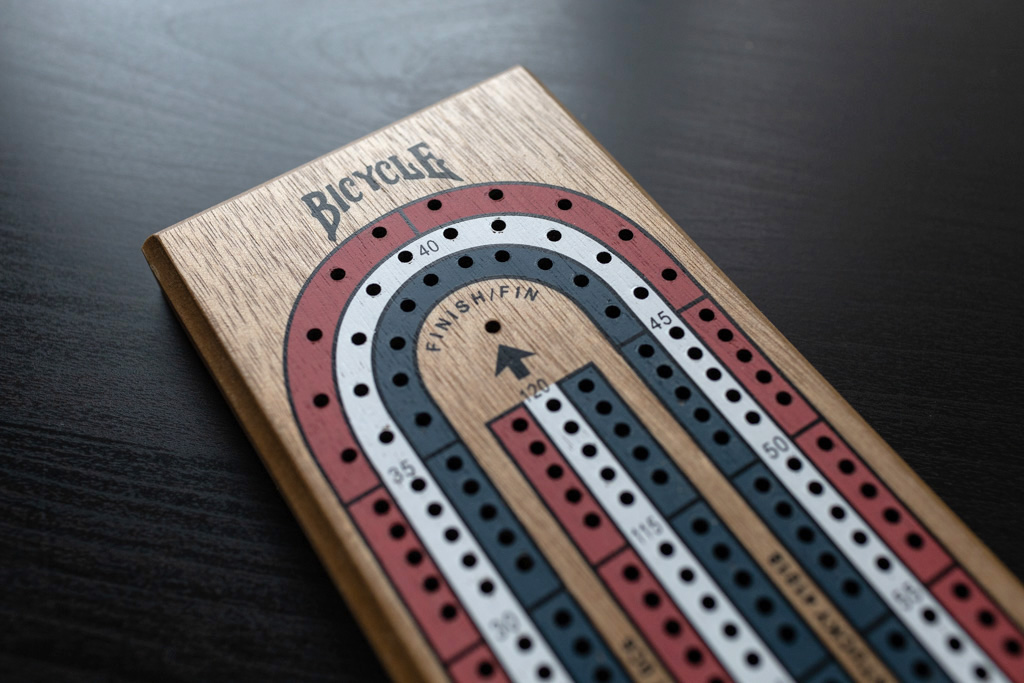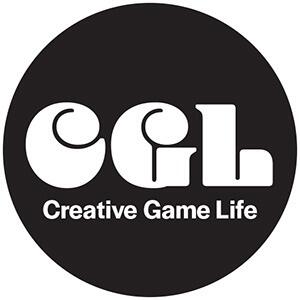Magic: TheGathering is one of the most popular collectible card games in the world. We take a look at the history and mechanics of this groundbreaking game.

What is Magic: The Gathering?
If you’ve arrived at this gaming website you are probably familiar with Magic. But in case you’re new to the hobby we will start at the very beginning.
Magic: The Gathering (MTG) is one of the most popular collectible card games in the world (CCG), set in a fantasy world similar to D&D. The game is based around a two player battle and as MIT Technology review reported in 2019, “Magic: The Gathering is the most computationally complex real-world game known in the literature.”
In MTG, Players take on the role of powerful spellcasters known as planeswalkers who battle each other with spells and beasts in a fantasy setting. The game has been going strong with annual releases of new cards since 1993. Today there are over 20,000 unique Magic cards in existence. Players can create a deck of 60 cards from this pool, allowing for many possibilities of combinations.
MTG has been gaining popularity for decades. With the more recent launch of of Magic: The Gathering Arena, a new fanbase was born through online gaming. This has been a great way to learn Magic, which can be a math heavy game (speaking from experience here as a non-mathy gamer). MTG Arena is also a way to learn some of the deeper mechanics that involve counters, tokens, and the current meta-game.
Who Created Magic the Gathering?
Magic: The Gathering was invented by mathematician / game designer Richard Garfield in the early 1990s. As explained in an article by Darrin Davis for Seattle Met, “Richard Garfield didn’t so much play games as play with games. He’d tinker with different systems to find new ones: variations of chess, a hybrid between Monopoly and poker.”

The Influence of Cosmic Encounter
Somewhere along the way, Garfield was inspired by the mechanics of the game Cosmic Encounter. He writes about this in an article in 1993 (now published on Wizards of the Coast):
“There are nearly fifty alien races which can be played, each of which has a unique ability: the Amoeba, for example, has the power to Ooze, giving it unlimited token movement; the Sniveler has the power to Whine, allowing it to automatically catch up when behind. The best thing about Cosmic Encounter is precisely this limitless variety.”
In 1991 Garfield was introduced to Peter Adkison, CEO of Wizards of the Coast. Adkinson was looking for a game that was “small, portable and quick. Something you can play in between Dungeons and Dragons sessions at gaming conventions.” Adkison liked Garfield’s concept and agreed to publish the game. Garfield created the first set of Magic cards which were printed and released in 1993.
The game was initially marketed towards the gaming community, but it quickly gained popularity among a wider audience. Magic: The Gathering was the first successful collectible card game and it had a significant impact on the gaming industry. The game’s success inspired the creation of many other collectible card games, including Pokémon and Yu-Gi-Oh!
Magic: The Gathering quickly became a cultural phenomenon and it has continued to be popular for decades. The game has evolved over the years, with new sets, mechanics and formats being added, but the core gameplay has remained unchanged. Today, Magic: The Gathering is one of the most popular and well-known games in the world and it has a vast and dedicated community of players.

How Magic: The Gathering is Played
In Magic: The Gathering, players start with a deck of 60 cards, and each card represents a spell, creature, artifact, or land that the player can use to defeat their opponent. The game is played with a combination of physical cards and a virtual representation of the game state, where players keep track of their life points, mana, and other game elements.
Each card belongs to one of five colors, each representing a different aspect of the game and a different playstyle. The colors are: white, blue, black, red, and green. Each color has its own strengths and weaknesses, and players can build decks that focus on one color or a combination of colors.
MTG is divided into phases where players take turns casting spells and summoning creatures. Each player starts with a set number of life points and the goal of the game is to reduce the opponent’s life points to zero.
One of the key elements of the game is the use of mana, which is used to cast spells and summon creatures. Mana is generated by playing land cards. Players must carefully manage their mana to effectively play their spells and creatures.
The game also features a wide variety of card types, each with its unique effects and abilities. Creatures can attack and block, spells can deal damage or remove opposing creatures, and artifacts can provide special abilities or bonuses.
The game also has a rich lore and a vast library of cards, with new sets released regularly, adding new mechanics and strategies to the game. This aspect of the game is also a big draw for players, as they can collect and trade for the cards they want to add to their deck.

MTG Phases
In Magic: The Gathering, a game is divided into several phases, each with its own set of rules and actions that players can take. These phases are:
- Beginning Phase: This phase is made up of three sub-phases:
- Beginning of the turn: Any “at the beginning of the turn” triggers happen, players draw a card, and any effects that last “until end of turn” expire.
- Upkeep: This is a quick check of any “at the beginning of the upkeep” triggers and any effects that last “until end of turn” expire.
- Draw: Players draw a card
- Main Phase: This is the main phase of the turn, where players can play lands, cast spells and activate abilities. Players can also attack with creatures and use artifact abilities.
- Combat Phase: This phase is further divided into four sub-phases:
- Beginning of Combat: players can cast spells and activate abilities.
- Declare Attackers: players choose which creatures they want to attack with.
- Declare Blockers: the defending player chooses which creatures they want to block with.
- Combat Damage: damage is dealt to creatures and players based on the blockers and attackers.
- Second Main Phase: Players can play more lands or cast more spells before ending the turn. This phase is also called the post-combat main phase.
- End Phase: This phase is made up of two sub-phases:
- End of turn: Any “at the end of the turn” triggers happen, and any effects that last “until end of turn” expire.
- Cleanup: Players discard down to their maximum hand size, and any effects that last “until end of turn” expire.

Magic: The Gathering Starter Sets





